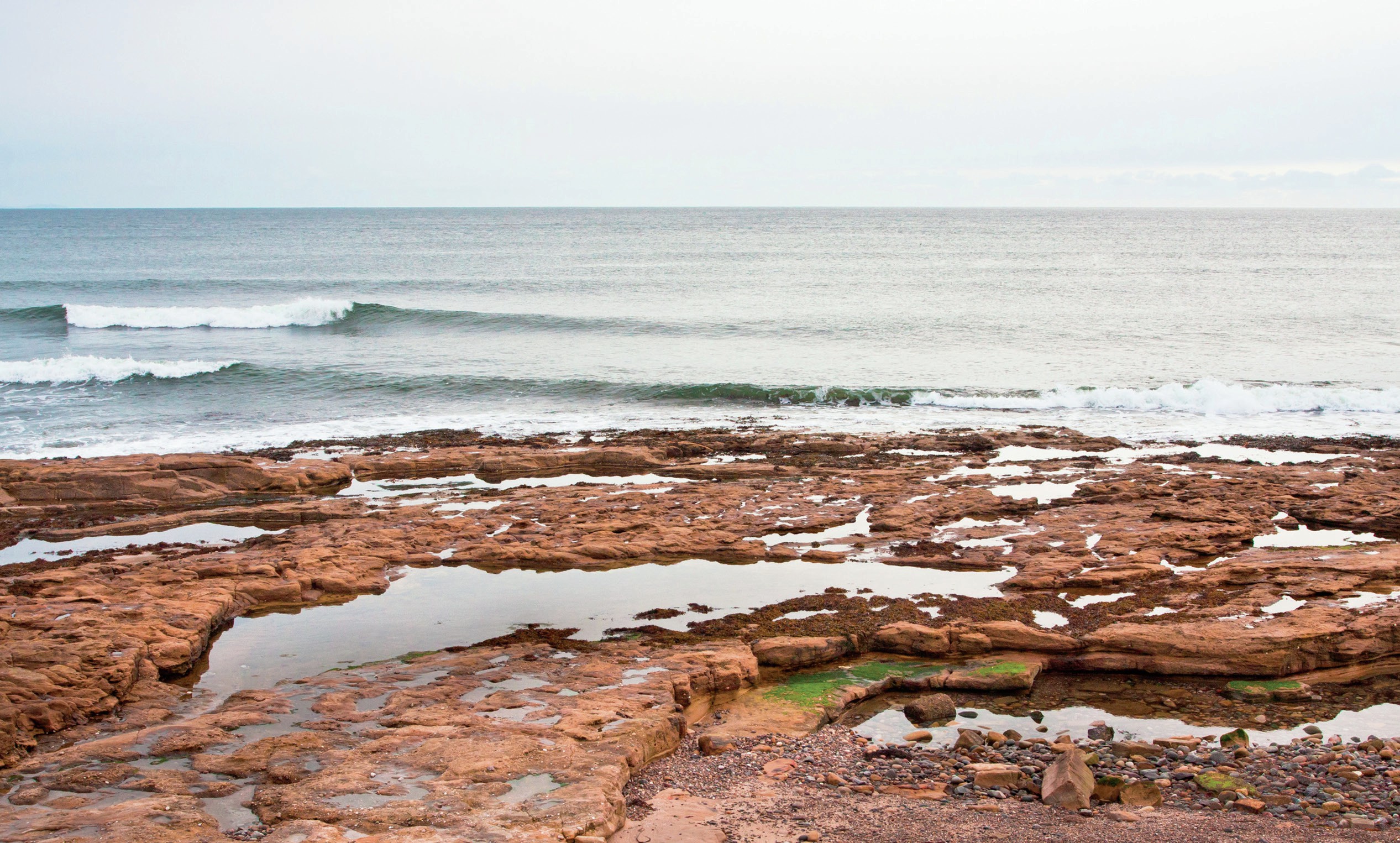
Rock pools are an interesting distraction on seaside holidays. Shrimp mill about searching for food, periwinkles, limpets and whelks crawl on the rocks, while crabs and fish make the most of shelter, hiding away until night when they can forage more safely.Seaweeds (algae — plants) provide animals with both protection and food. But life on rocky shores can be very hard — and I’m not referring to the rock itself. Acted out under the cover of seaweed are fascinating interactions between organisms and with their environment.
Rocky shores are one of a range of different intertidal habitats that constitute a distinct environment somewhere between entirely marine and entirely terrestrial. The principal feature of a rocky shore is that the substratum is hard and impenetrable to all but a few animal species. This means that animals are on the surface and, therefore, easily observed by researchers. But, compared with shores with soft sediment — sands and muds where animals can bury themselves — there are few opportunities for animals to escape from harsh environments, predators or competitors. The composition of the communities that are found on a rocky shore reflects how these organisms cope with both biotic (other organisms) and abiotic (physical and chemical) challenges.
Your organisation does not have access to this article.
Sign up today to give your students the edge they need to achieve their best grades with subject expertise
Subscribe




